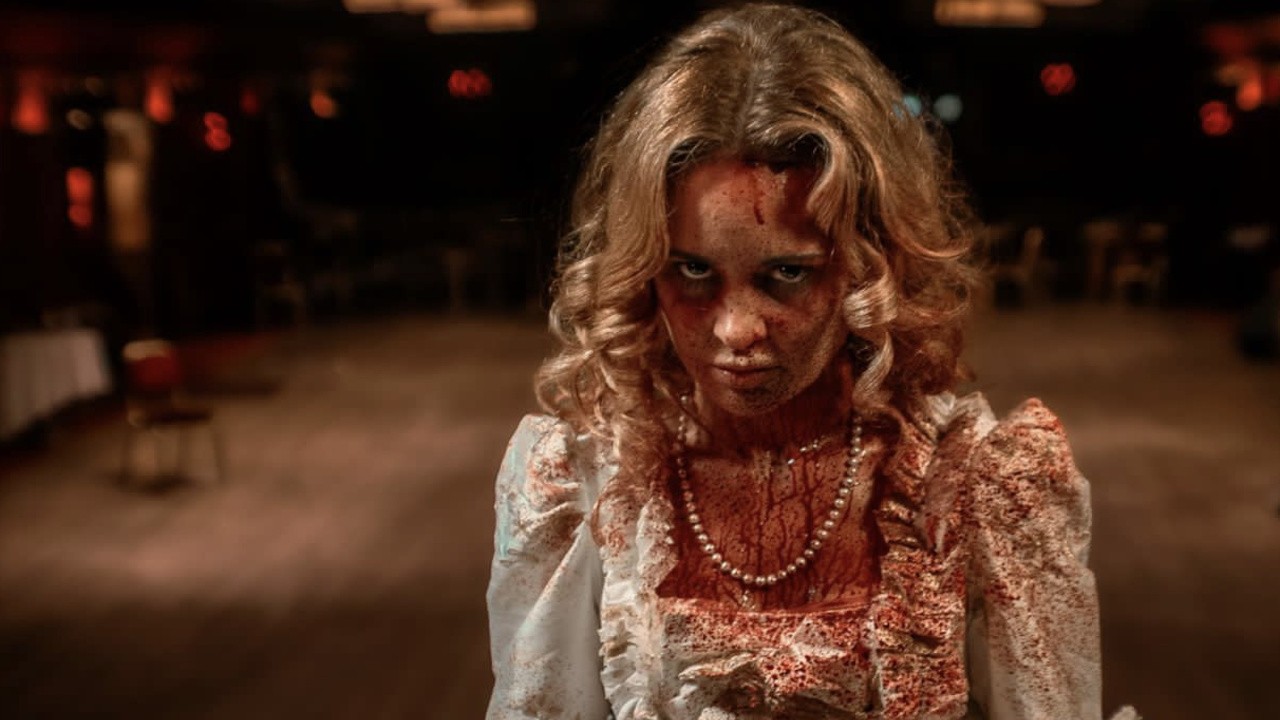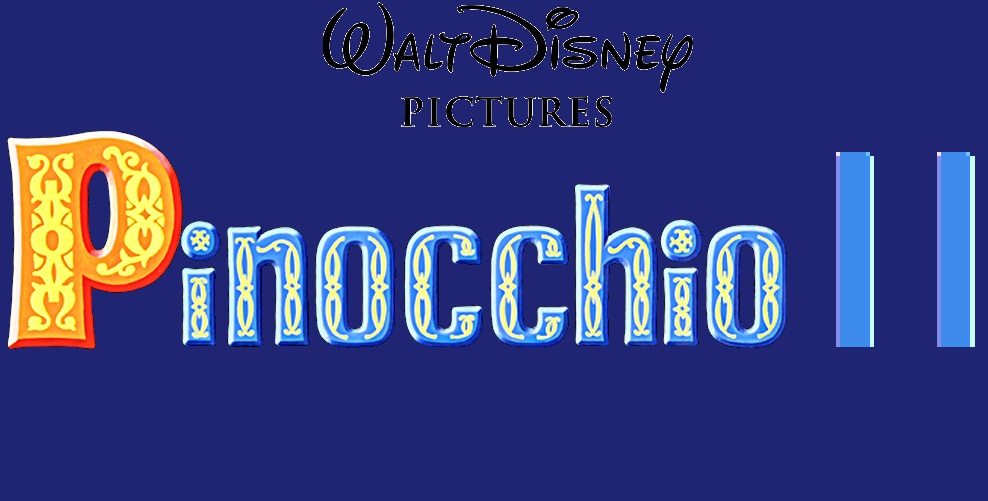Cinderella’s Curse (2024): Fairytale Revenge Reimagined as a Horror Slasher
Cinderella’s Curse (2024) is a bold and grisly reimagining of the beloved fairytale, turning the classic tale of glass slippers and ballroom dreams into a violent descent into horror. Directed by Louisa Warren and starring Kelly Rian Sanson as Cinderella, the film takes place in a dark, oppressive world where abuse, isolation, and vengeance shape the heroine's journey—not romance or royal salvation.
The story follows Cinderella as she endures relentless torment at the hands of her cruel stepmother and sadistic stepsisters. Far removed from the hopeful and resilient heroine of traditional versions, this Cinderella is a broken young woman teetering on the edge of despair. Everything changes when she stumbles upon a sinister magical artifact and meets a twisted fairy godmother who offers her a terrifying gift: the power to take revenge on those who have wronged her. What follows is a brutal rampage, as Cinderella transforms into a vengeful figure wielding supernatural fury and turning familiar fairytale elements—like her glass slippers—into deadly weapons.
The film leans heavily into the horror genre, with a slasher-style approach that includes practical gore effects, eerie atmosphere, and creative kills. Visually, the tone is grim and shadowed, with a blend of gothic aesthetics and low-budget horror grit. The film is short and fast-paced, coming in under 80 minutes, which results in a tight narrative but at times leaves character development thin and rushed.

Performance-wise, the cast delivers mixed results. Kelly Rian Sanson brings intensity to the lead role, particularly in the film’s second half, as Cinderella evolves from helpless victim to avenging antihero. However, supporting performances, including those of the antagonistic stepfamily, often lean toward melodrama and lack nuance. The film’s most notable character aside from Cinderella is the fairy godmother—played with flamboyant menace—who redefines the traditional mentor figure as a morally ambiguous catalyst for chaos.
Critically, Cinderella’s Curse has been divisive. Some viewers appreciated its unapologetically dark tone, campy violence, and creative reinterpretation of a familiar tale. Others criticized it for poor dialogue, uneven pacing, and underdeveloped characters. It's not a film meant for those expecting Disney-style magic or emotional catharsis. Instead, it leans into B-movie territory with a sense of rebellious fun and grim intensity.

What makes Cinderella’s Curse interesting is its thematic inversion. The story is no longer about escape through grace and virtue, but through brutal justice. Cinderella doesn’t wait for a prince or a miracle; she carves her own bloody path out of torment. This dark twist speaks to deeper themes of agency, trauma, and the human hunger for power after prolonged suffering. While not subtle or sophisticated, it does offer a cathartic, if disturbing, exploration of revenge fantasy through the lens of folklore.
In summary, Cinderella’s Curse is a unique, provocative entry in the wave of horror reimaginings of classic tales. It won’t appeal to everyone—especially traditionalists—but for horror fans and lovers of subversive cinema, it offers a fiercely original, blood-soaked take on a fairytale most thought they already knew.


